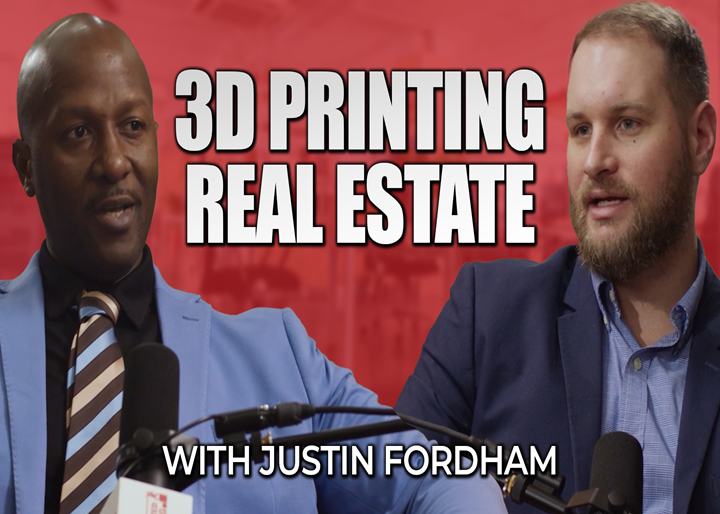Unlock True Wealth with Self-Directed IRAs
In this episode, we sit down with John ‘Jack’ Kiley, CPA and managing partner of MidAtlantic IRA, LLC, to explore the power of self-directed IRAs in building wealth. With over 30 years of experience in public accounting, Jack shares his expertise in tax strategies, retirement planning, and financial growth for high-net-worth individuals and closely held businesses. Tune in to learn how Jack combines his roles as a CPA, entrepreneur, and
Read More










